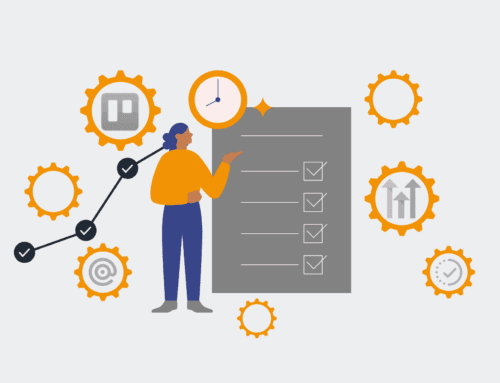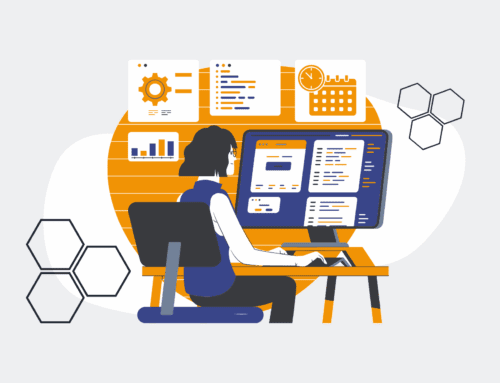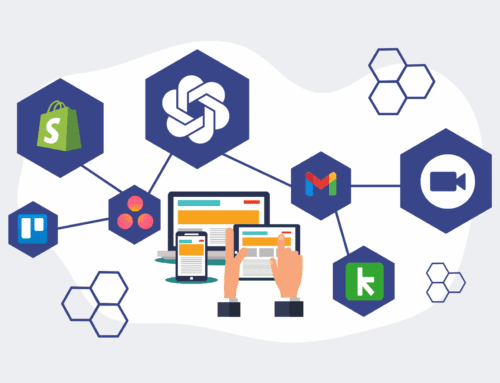Choosing the Right Resume Parsing Solution for Your ATS
In today’s competitive talent landscape, the sheer volume of applications can quickly overwhelm even the most sophisticated Applicant Tracking Systems (ATS). While an ATS is foundational, its true power is unlocked by the efficiency and intelligence of the tools it integrates with. At the heart of this integration for many organizations lies resume parsing – the critical process of extracting, categorizing, and structuring candidate data from resumes into a usable format. Yet, not all parsing solutions are created equal, and choosing the right one is no longer a mere technical decision; it’s a strategic imperative that directly impacts hiring speed, quality, and cost.
Beyond Basic Keyword Matching: The Evolution of Resume Parsing
The early days of resume parsing were often characterized by simple keyword matching and rudimentary text extraction. While these basic tools offered a marginal improvement over manual data entry, they frequently led to incomplete profiles, miscategorized information, and a significant amount of manual cleanup for recruiters. This approach often missed the nuance of a candidate’s experience, leading to overlooked talent or wasted time pursuing less-than-ideal matches. Modern recruiting demands more. Today’s advanced resume parsers leverage artificial intelligence and machine learning to understand context, identify synonyms, and accurately extract complex data points like employment gaps, project roles, and specific skill proficiencies, transforming unstructured text into rich, actionable candidate profiles.
Key Considerations for Strategic Resume Parsing
When evaluating a resume parsing solution, business leaders must look beyond surface-level features and delve into its core capabilities and how they align with strategic talent acquisition goals.
Accuracy and Data Standardization
The quality of your parsed data directly correlates with the quality of your hiring decisions. An effective parsing solution must deliver exceptional accuracy, ensuring that names, contact information, job titles, companies, skills, and educational backgrounds are extracted correctly every time. Beyond accuracy, it must standardize this data, regardless of how it appears on a resume. This means translating varied date formats, job titles, or skill descriptions into a consistent structure within your ATS, which is crucial for efficient searching, reporting, and ultimately, compliance. Without clean, standardized data, your ATS becomes a repository of noise, not intelligence.
Seamless Integration Capabilities with Your Existing ATS
A resume parser is not a standalone tool; it’s an extension of your ATS. Therefore, its ability to integrate seamlessly is paramount. Look for solutions with robust APIs and established connectors to your specific ATS. A truly integrated parser should allow for real-time data flow, minimizing delays and eliminating the need for manual data transfers or workarounds. Poor integration leads to data silos, duplicate entries, and significant operational friction, undermining the very efficiency you sought to achieve. The goal is a unified, synchronized talent database that empowers recruiters, not hinders them.
Scalability and Performance Under Pressure
The volume of resumes your organization processes can fluctuate dramatically, especially during peak hiring seasons or for high-volume roles. Your chosen parsing solution must be able to scale effortlessly, handling hundreds or thousands of resumes per day without degradation in performance or accuracy. Slow parsing times not only impact recruiter productivity but can also create a negative candidate experience, particularly if applicants are left waiting for confirmation or feedback. High-performance parsers ensure that resumes are processed swiftly, maintaining the momentum of your recruitment efforts.
AI-Powered Insights and Bias Reduction
The most advanced parsing solutions go beyond mere data extraction; they offer intelligent insights. AI and machine learning capabilities allow these systems to infer skills not explicitly stated, identify patterns in career progression, and even flag potential unconscious bias in the resume content (e.g., age, gender indicators) before it impacts the screening process. By focusing on objective data points and skills, AI-powered parsing can help organizations build more diverse and inclusive talent pipelines, enabling recruiters to focus on a broader, more relevant pool of candidates rather than getting stuck on keyword minutiae.
The Tangible Benefits of a Superior Parsing Solution
Investing in the right resume parsing solution yields significant dividends. It dramatically reduces the time recruiters spend on manual data entry and review, freeing them to engage more meaningfully with candidates. It improves the accuracy and completeness of candidate profiles, leading to more precise searches and better matches. This, in turn, accelerates time-to-hire, reduces recruitment costs, and ultimately enhances the quality of hires. A strategic approach to parsing transforms your ATS from a mere database into a dynamic, intelligent talent hub.
Partnering for Precision in Talent Acquisition
Choosing and implementing the ideal resume parsing solution requires a clear understanding of both your organizational needs and the capabilities of the technology. It’s about leveraging automation and AI to eliminate bottlenecks, reduce human error, and increase the scalability of your talent acquisition efforts. For organizations aiming to optimize their HR and recruiting operations, a strategic partner can be invaluable in navigating the complexities of integration and maximizing ROI from these powerful tools. It’s about building a blueprint for strategic talent acquisition, not just buying software.
If you would like to read more, we recommend this article: AI-Powered Resume Parsing: Your Blueprint for Strategic Talent Acquisition









